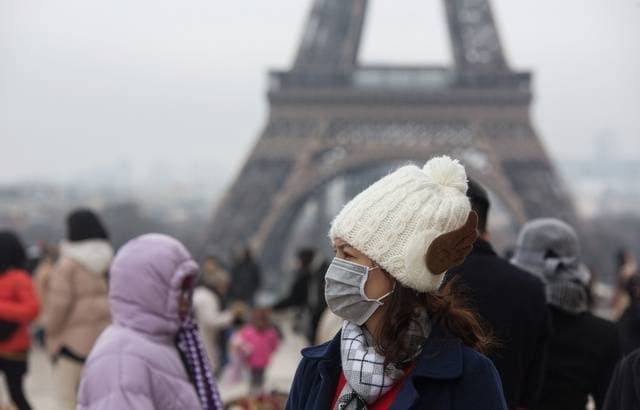EPIDEMIC: In their first report, the researchers estimate that the coronavirus Covid-19 “would be a strongly seasonal disease if it persisted for several years”
Even though there is still insufficient data to suggest relying on weather and air quality to tailor epidemic control measures, the transmission of the coronavirus could become seasonal, the UN said in a published report. this Thursday.
More than a year after the onset of the disease in China, unknowns remain as to its transmission. The World Meteorological Organization (WMO), a specialized agency of the United Nations, has set up a Task Force, bringing together 16 specialists, to study the influence of weather and air quality factors on the pandemic.
The epidemic regulated by government measures rather than the weather
Their first report estimates that the seasonality of respiratory viral illnesses – particularly the peak of the cold season for influenza and coronaviruses that cause colds in temperate climates – has suggested that Covid “would be a highly seasonal illness if it persisted. several years “. They also indicate that process modelling studies have shown that its transmission “could become seasonal over time, suggesting that it may be possible to rely on weather and air quality factors to monitor and predict ”disease in the future.
In their eyes, however, it is still too early to take these factors into account, and the WMO notes that the dynamics of the transmission of the Covid last year “seems to have been regulated mainly by government interventions rather than by meteorological factors”. “At this stage, the available data does not support the use of weather and air quality factors to allow governments to relax the measures they take to reduce transmissions,” said Ben Zaitchik, Co-Chair of the Task Force and member of the Department of Earth and Planetary Sciences at Johns Hopkins University, Baltimore.
No precise answer yet
“During the first year of the pandemic, we observed waves of contamination during hot seasons and in hot regions. There is no evidence that this could not happen again in the coming year, ”he added in a statement. And, adds the WMO, while laboratory studies have found some evidence that the virus survives longer in cold, dry conditions and with weak ultraviolet radiation, they have yet to indicate whether weather factors have a bearing. a significant influence on transmission rates in real conditions.
According to the Task Force, there is also still no conclusive evidence of the influence of factors related to air quality. Even though preliminary data shows that poor air quality elevates death rates, it has not been proven, experts say, that pollution has a direct impact on the airborne transmission of SARS-CoV-2, the virus that causes coronavirus Covid-19.




